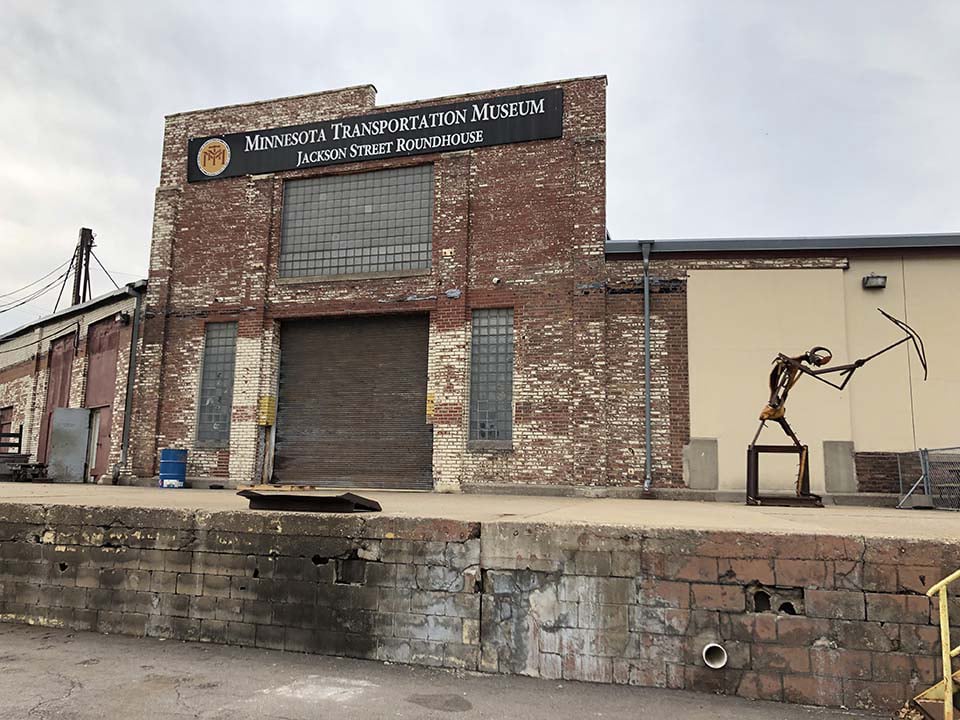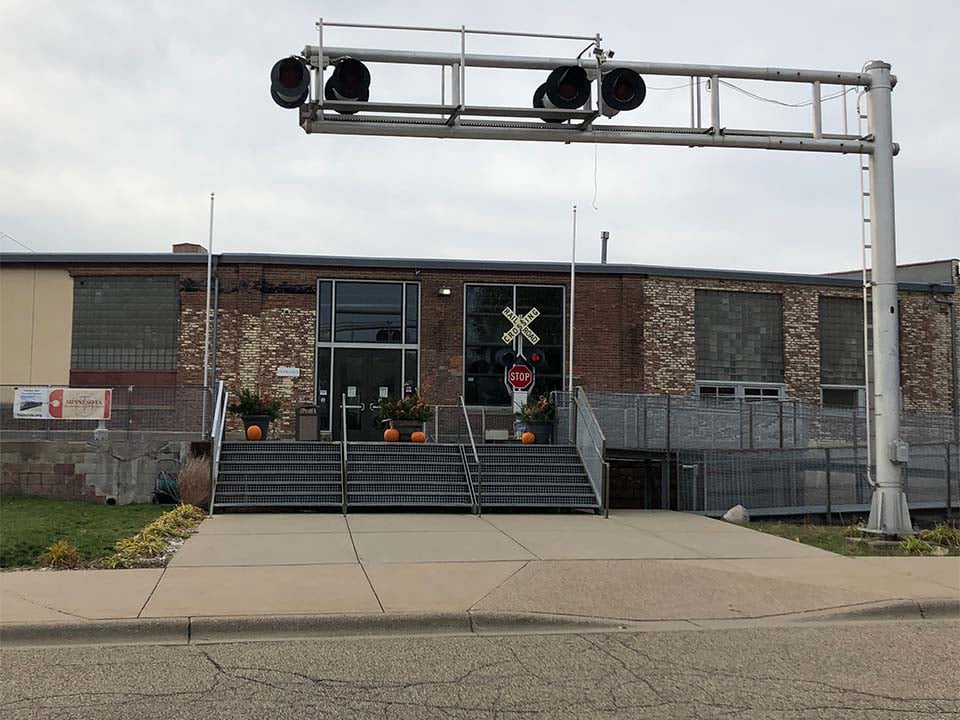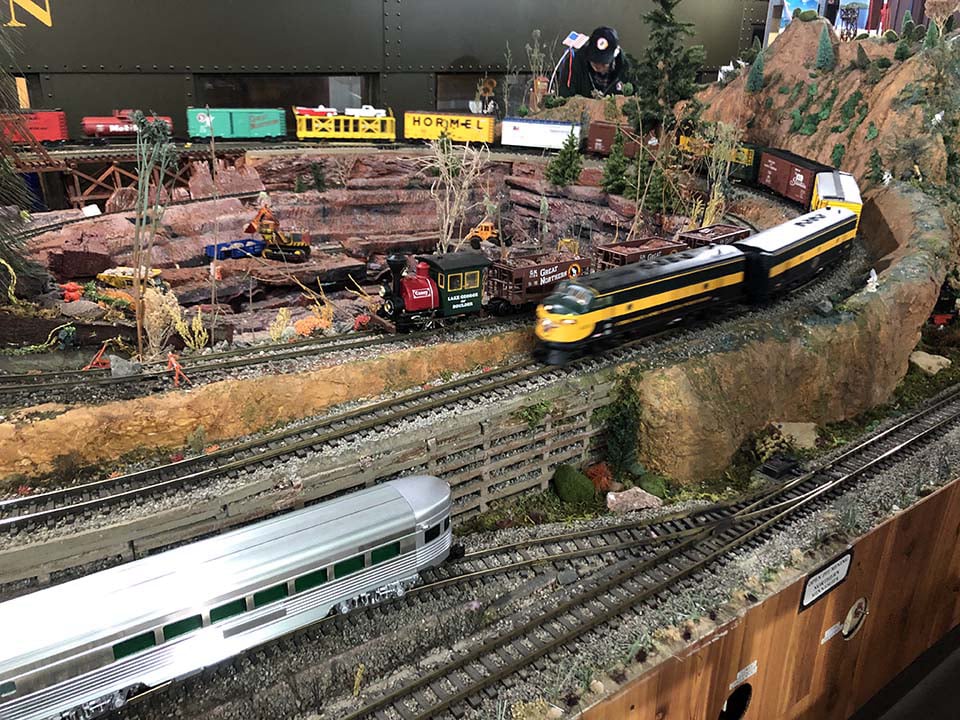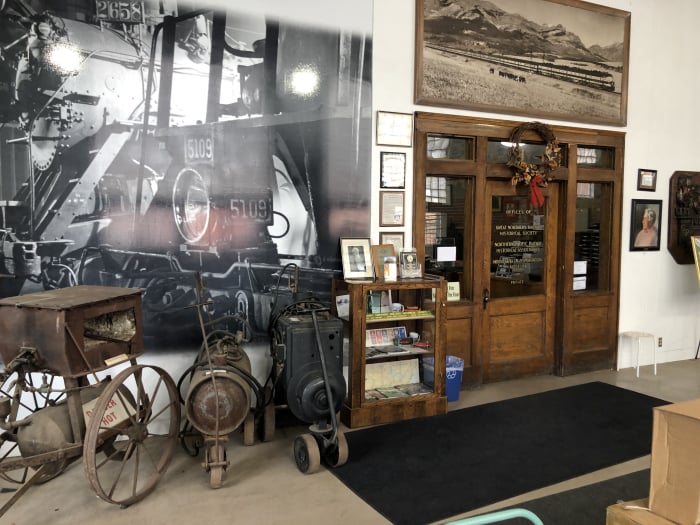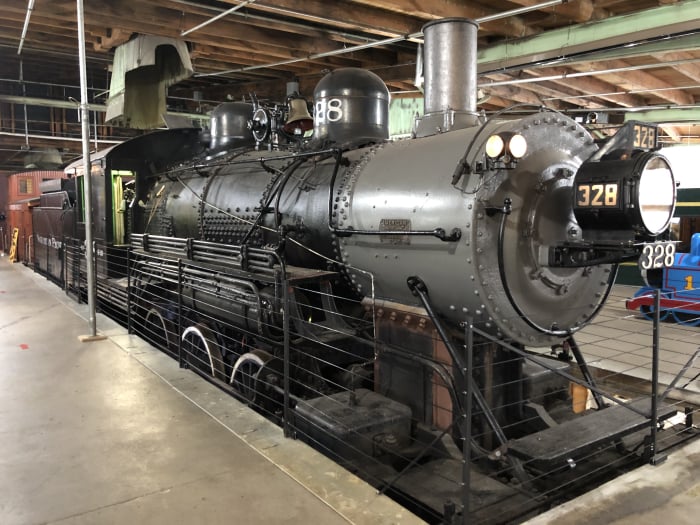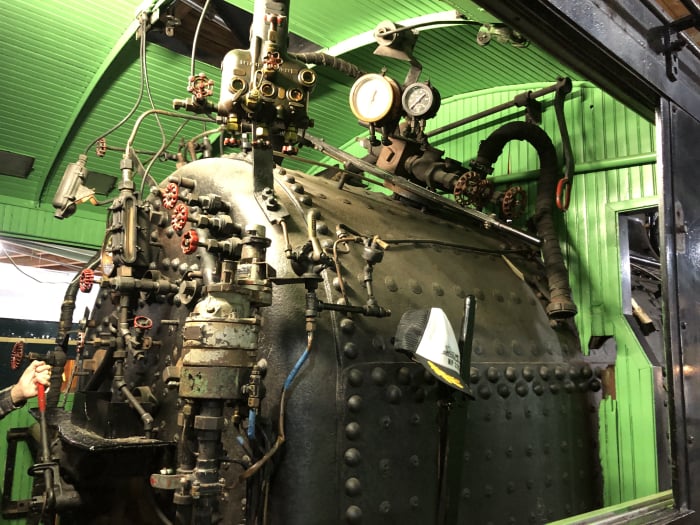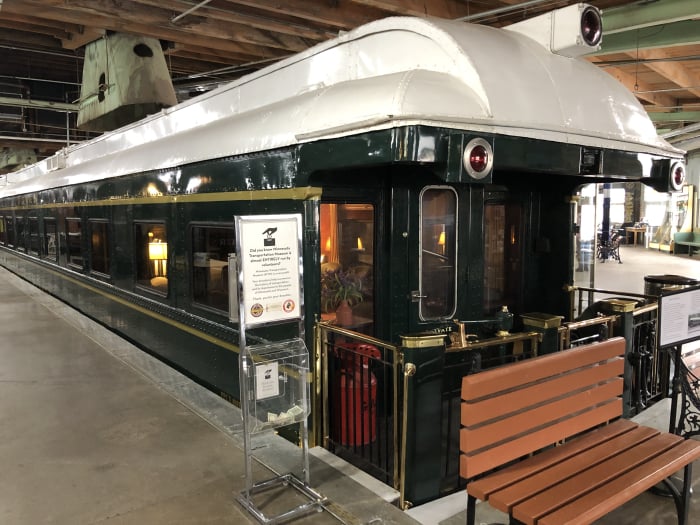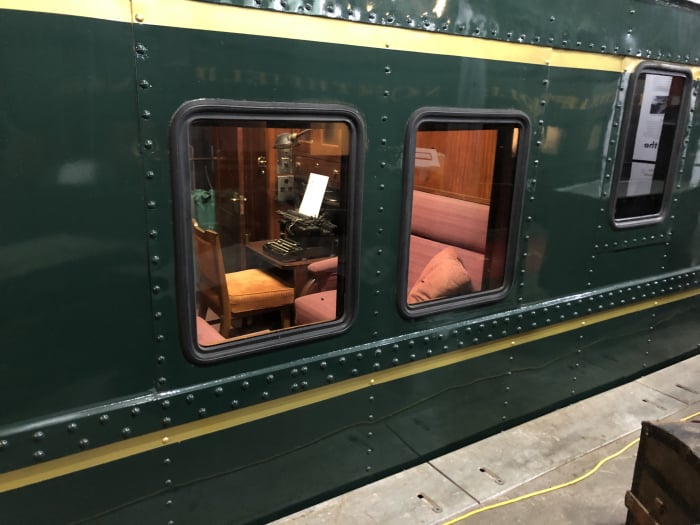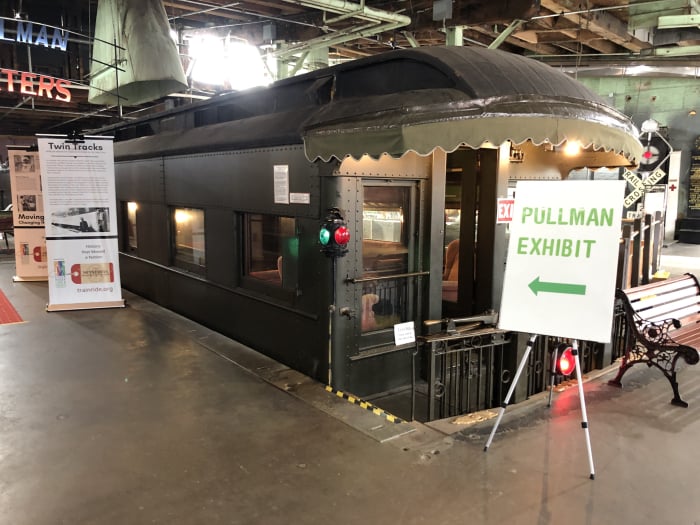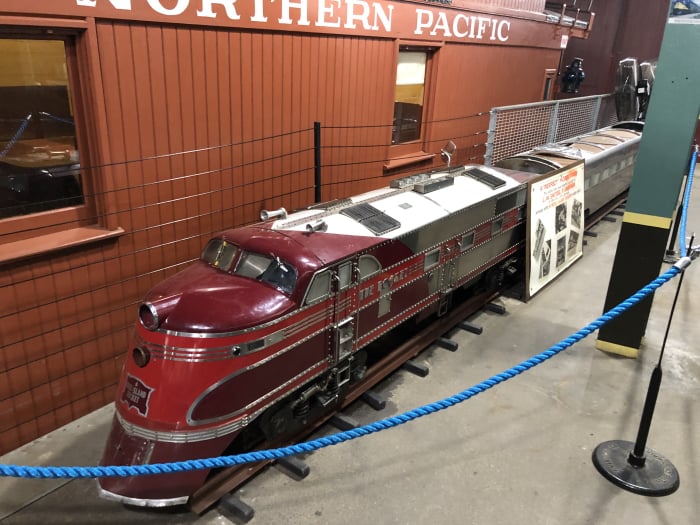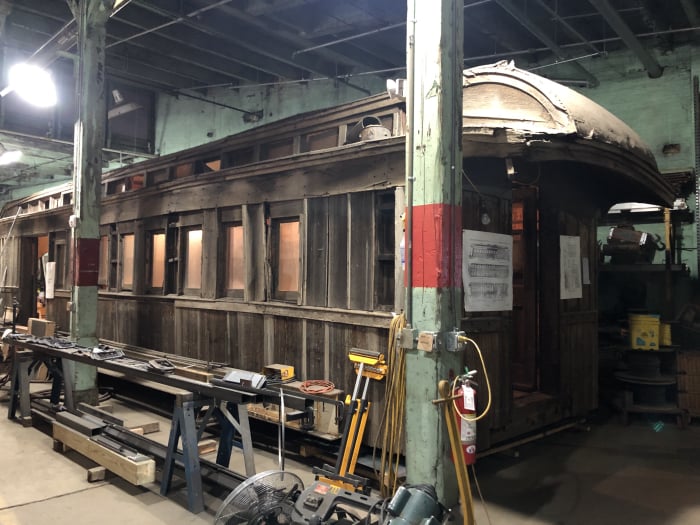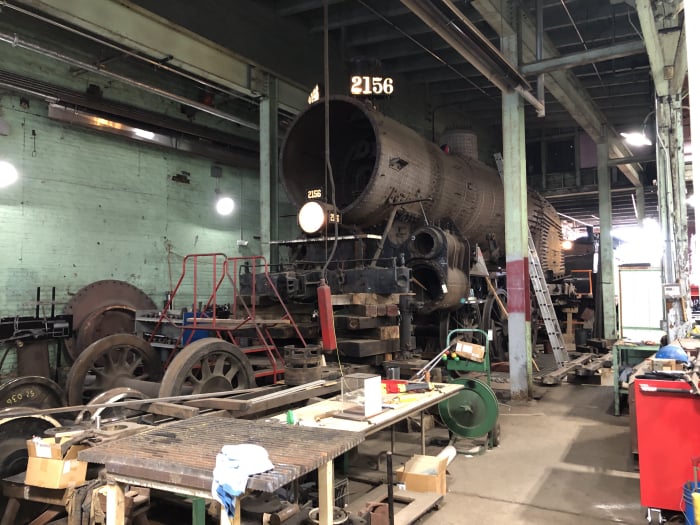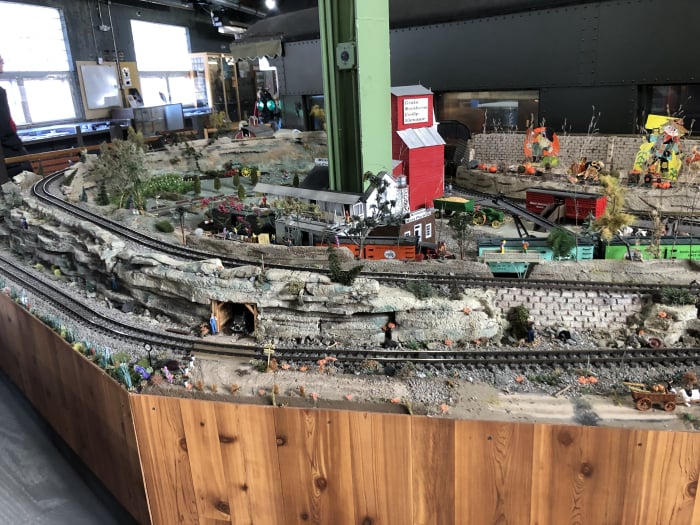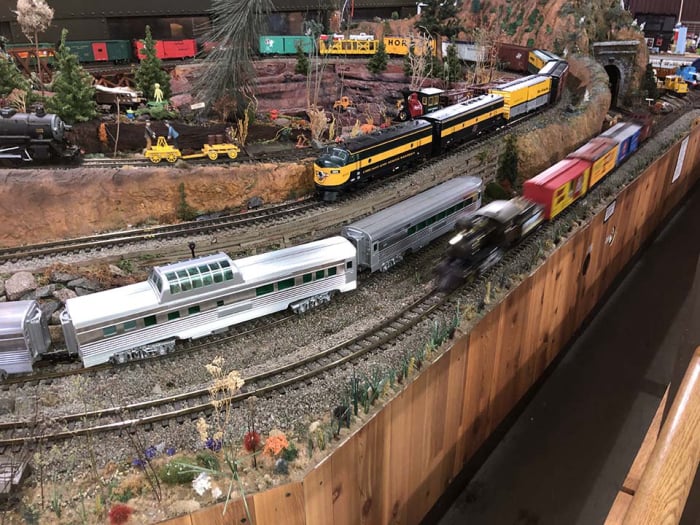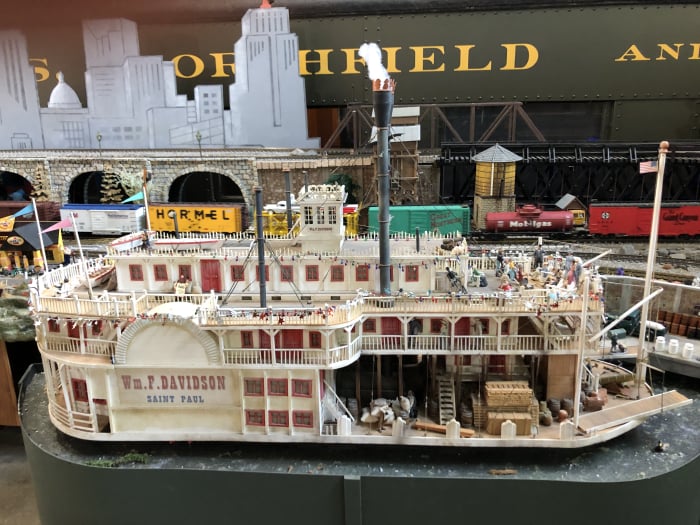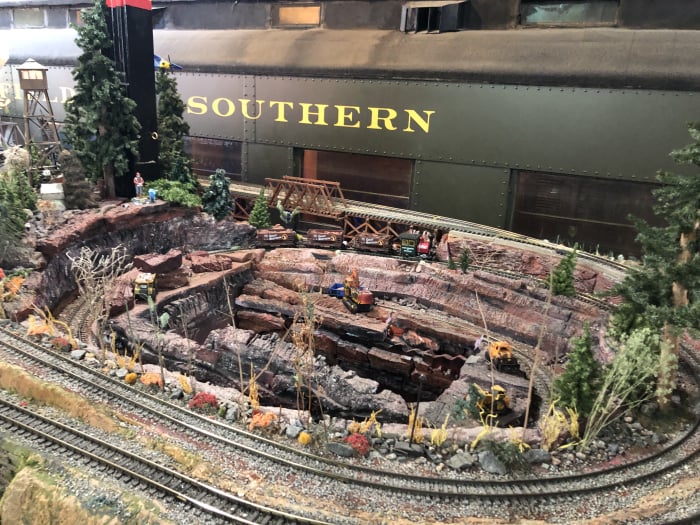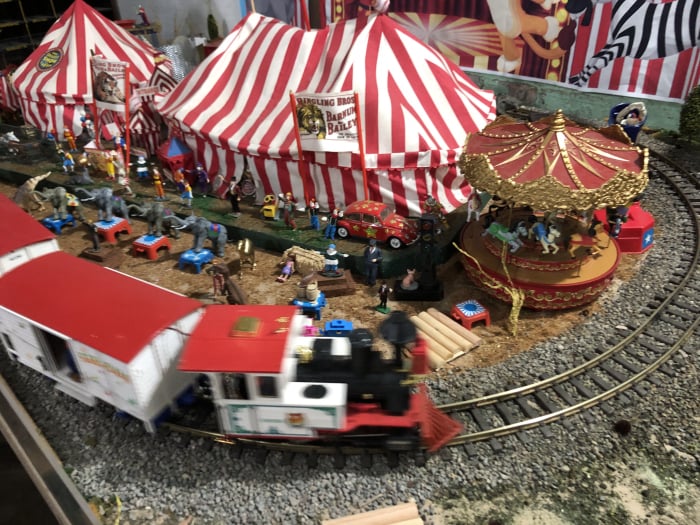About Jackson Street Roundhouse
The Jackson Street Roundhouse was built in 1907 as a steam engine maintenance facility for The Great Northern Railroad. It was one of the last roundhouses built by James J. Hill and was part of a large shop complex built in the 1880's.
Located near downtown, the roundhouse was sold by Great Northern in 1960. It was remodeled into industrial and warehouse space. Minnesota Transportation Museum (MTM) took possession of the roundhouse in 1986 and began the process of restoring it to being a functional roundhouse once again. The turntable was reinstalled in 2001 and connection with current BNSF track and five side tracks was restored.
Visit MTM's web site for more information.
